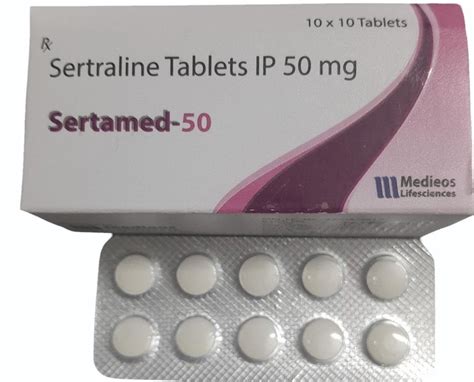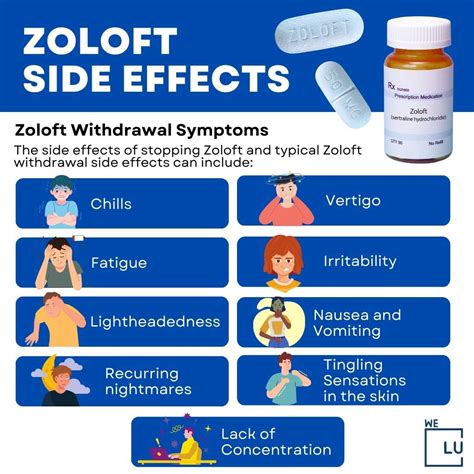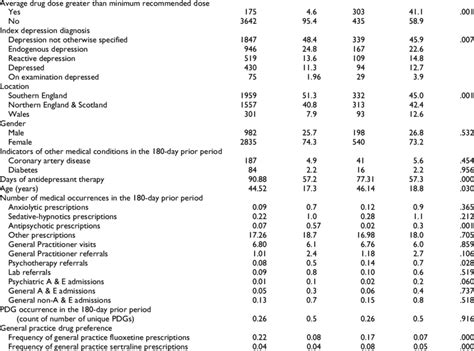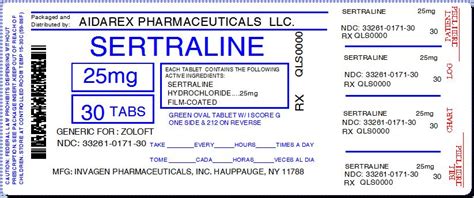Intro
Learn about Sertraline 50mg dosage, interactions, and side effects. Understand depression treatment, anxiety management, and medication guidelines for a safe therapeutic experience.
Sertraline, a selective serotonin reuptake inhibitor (SSRI), is commonly prescribed for various mental health conditions, including depression, anxiety disorders, and obsessive-compulsive disorder (OCD). The 50mg dosage of sertraline is often considered a starting point for many patients, as it allows for an assessment of how the body reacts to the medication before potentially increasing the dose. Understanding the proper use, benefits, and potential side effects of sertraline 50mg is crucial for both patients and healthcare providers.
Sertraline works by increasing the levels of serotonin in the brain, which helps improve mood, reduce anxiety, and alleviate symptoms of other mental health conditions. The effectiveness of sertraline, like other SSRIs, can vary from person to person, making the initial dosage and subsequent adjustments critical in achieving the desired therapeutic effects while minimizing side effects. Patients starting on sertraline 50mg should be closely monitored by their healthcare provider to assess the medication's efficacy and tolerability.
The decision to prescribe sertraline 50mg is based on several factors, including the patient's medical history, the severity of their condition, and their response to previous treatments. For many conditions, such as major depressive disorder, sertraline is prescribed at a dose of 50mg once daily, which can be increased as needed and tolerated, up to a maximum dose. It's essential for patients to follow their prescribed regimen and attend follow-up appointments to ensure the dosage is optimized for their specific needs.
Understanding Sertraline 50mg

Understanding how sertraline 50mg works and its potential benefits is key to managing expectations and improving adherence to the prescribed treatment plan. Sertraline, by influencing serotonin levels, can help reduce symptoms of depression, anxiety, and other conditions, improving the quality of life for many patients. However, it's also important to be aware of the potential side effects, which can include nausea, headache, and changes in sleep patterns, among others.
Benefits of Sertraline 50mg
The benefits of starting with a 50mg dosage of sertraline include the ability to assess the patient's response to the medication at a relatively low dose, reducing the risk of severe side effects. This approach allows for a more personalized treatment plan, as the dosage can be adjusted based on the patient's response and tolerance. Additionally, sertraline has been shown to be effective in treating a range of conditions, making it a versatile medication in the field of psychiatry.Working Mechanism of Sertraline

Sertraline's mechanism of action involves the selective inhibition of the reuptake of serotonin, a neurotransmitter, by neurons. This action increases the level of serotonin available in the synaptic cleft, the gap between two neurons, enhancing the transmission of signals between neurons. The increased serotonin levels are associated with improved mood, reduced anxiety, and other therapeutic effects. Understanding this mechanism helps in appreciating how sertraline 50mg can be an effective starting point for treating various mental health conditions.
Steps to Take Sertraline 50mg
Taking sertraline 50mg as prescribed is crucial for achieving the desired therapeutic effects. Here are some steps and considerations: - Take the medication at the same time each day to maintain a consistent level of the drug in your system. - It can be taken with or without food, but taking it with food may help reduce nausea. - Do not crush or chew the tablet; swallow it whole with a glass of water. - If you miss a dose, take it as soon as you remember, unless it's close to the time for your next dose. In that case, skip the missed dose and continue with your regular schedule.Side Effects and Precautions

While sertraline 50mg is generally well-tolerated, it can cause side effects, some of which may be more common or severe than others. Common side effects include:
- Nausea and vomiting
- Diarrhea
- Headache
- Dizziness
- Changes in sleep patterns
- Sexual dysfunction
It's essential to discuss any side effects with your healthcare provider, as they may be able to offer strategies to manage them or adjust your dosage.
Interactions with Other Medications
Sertraline can interact with other medications, potentially leading to adverse effects. It's crucial to inform your healthcare provider about all the medications you are taking, including prescription drugs, over-the-counter medications, and herbal supplements. Some medications that may interact with sertraline include: - Other antidepressants - Blood thinners - Certain pain medications - Medications for anxiety or insomniaPractical Examples and Statistical Data

Studies have shown that sertraline is effective in treating depression, with response rates often higher than those achieved with a placebo. For example, in a clinical trial, approximately 50% of patients with major depressive disorder who were treated with sertraline 50mg daily showed significant improvement in their symptoms, compared to about 25% of those who received a placebo. Such data underscores the potential benefits of sertraline 50mg as a starting dose for many patients.
Real-Life Applications
In real-life scenarios, the effectiveness of sertraline 50mg can be seen in the improvement of daily functioning and quality of life for individuals with mental health conditions. For instance, a patient with OCD may experience a reduction in compulsive behaviors, allowing them to participate more fully in social and professional activities. Similarly, a patient with depression may notice an improvement in mood, enabling them to engage in activities they previously enjoyed.Conclusion and Future Directions

In conclusion, sertraline 50mg is a commonly prescribed dosage for various mental health conditions, offering a balance between efficacy and the risk of side effects. As research continues to uncover the complexities of mental health and the mechanisms by which medications like sertraline work, there may be future directions in personalized medicine, where dosages are tailored not just to the condition but to the individual's genetic and environmental factors.
Final Thoughts
For individuals considering or currently taking sertraline 50mg, it's essential to maintain open communication with their healthcare provider, reporting any changes in symptoms or side effects. This collaborative approach ensures that the treatment plan is optimized for the best possible outcomes. As mental health awareness and treatment options continue to evolve, medications like sertraline play a critical role in improving the lives of millions of people worldwide.What is the typical starting dose of sertraline for depression?
+The typical starting dose of sertraline for depression is 50mg once daily.
Can sertraline 50mg be used to treat anxiety disorders?
+Yes, sertraline 50mg can be used to treat various anxiety disorders, including generalized anxiety disorder, panic disorder, and social anxiety disorder.
How long does it take for sertraline 50mg to start working?
+It may take several weeks, typically 4-6 weeks, for sertraline 50mg to start showing its therapeutic effects. However, some patients may notice improvements earlier or later than this timeframe.
We invite you to share your thoughts, experiences, or questions about sertraline 50mg in the comments below. Your input can help others better understand this medication and its role in treating mental health conditions. If you found this article informative, please consider sharing it with others who might benefit from this information. Together, we can work towards a better understanding and management of mental health.
